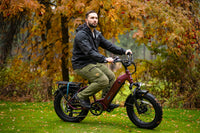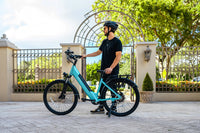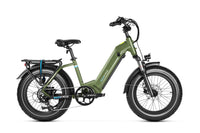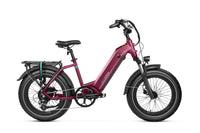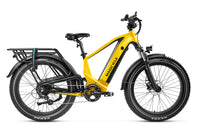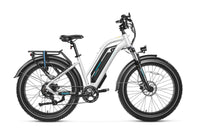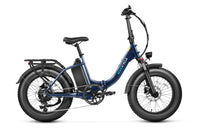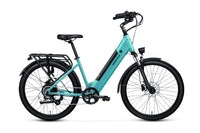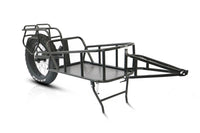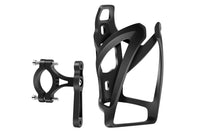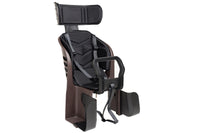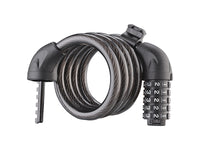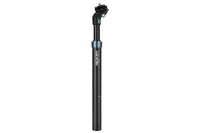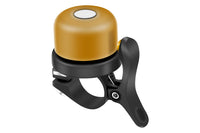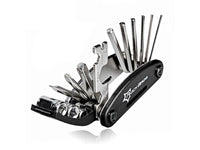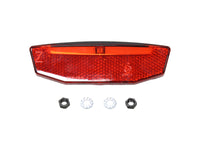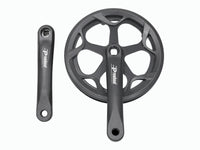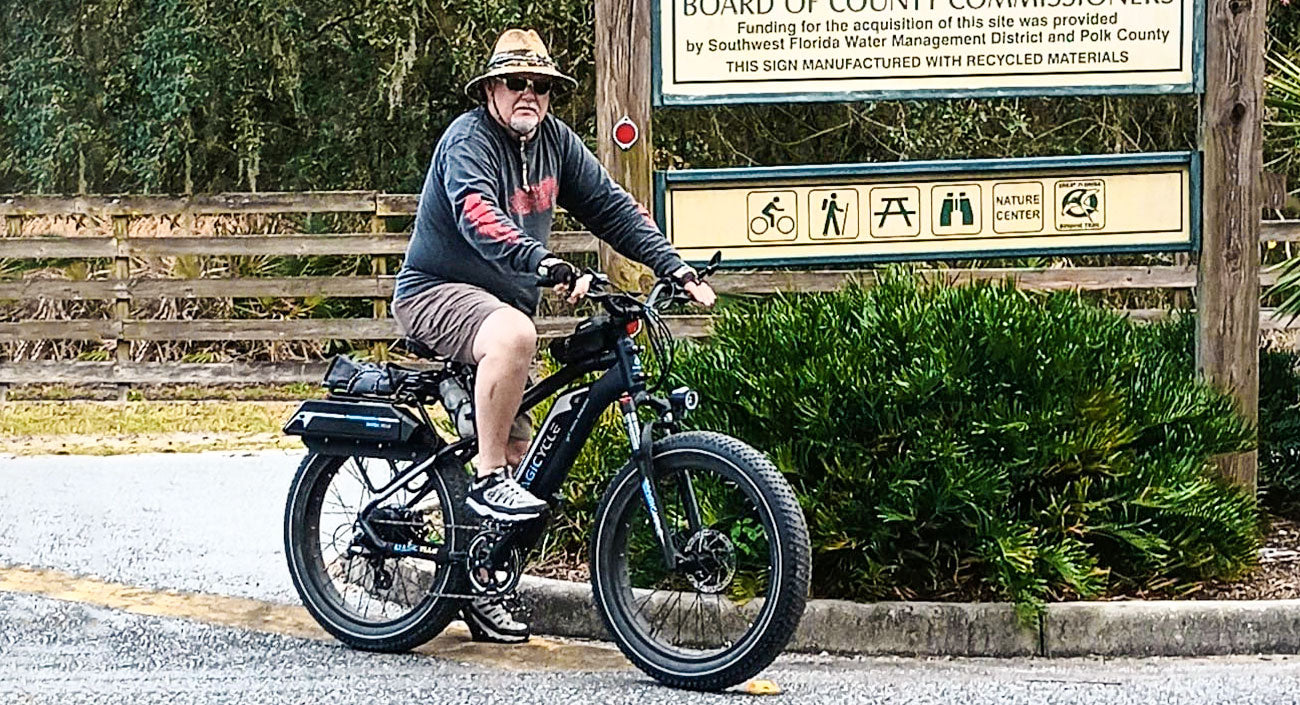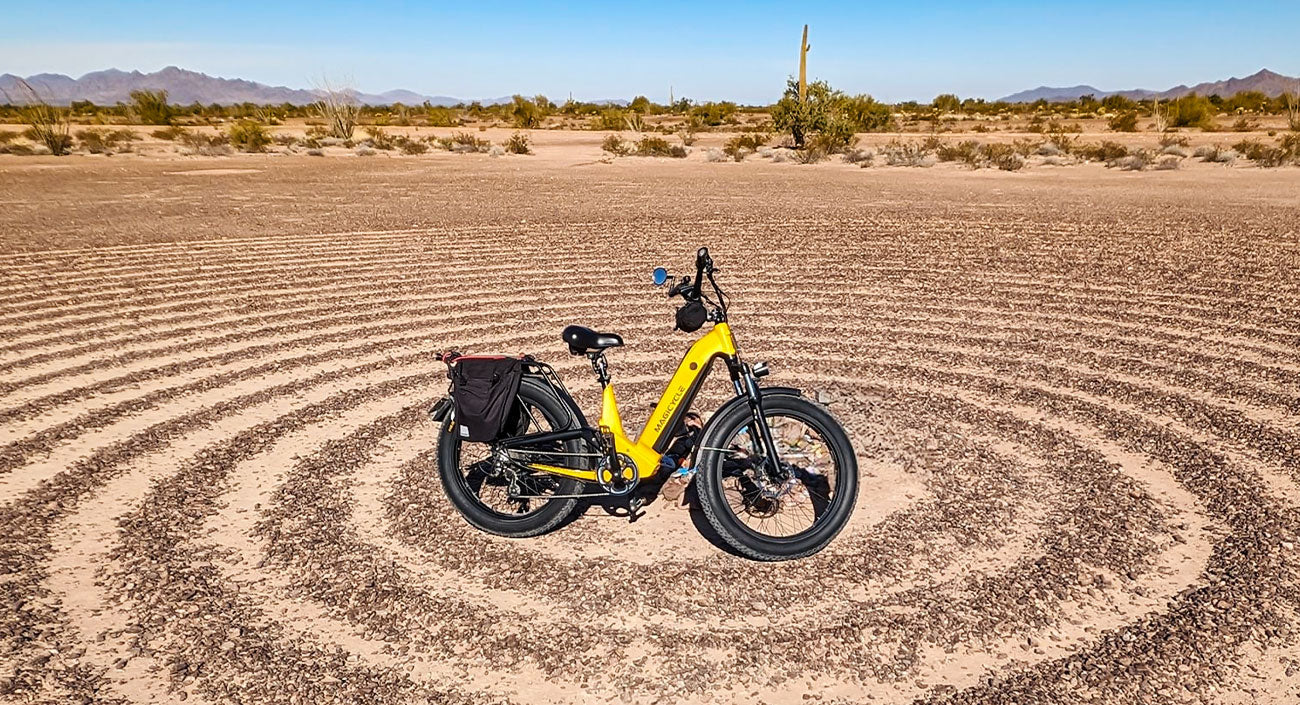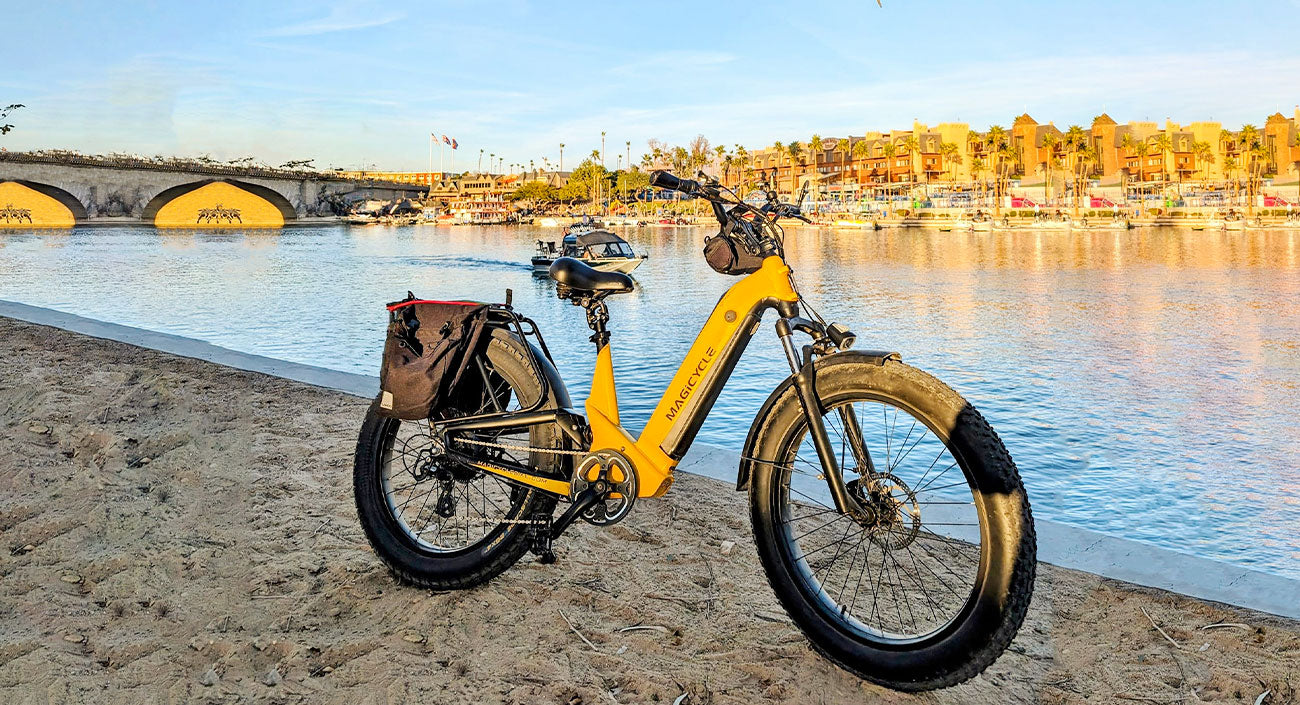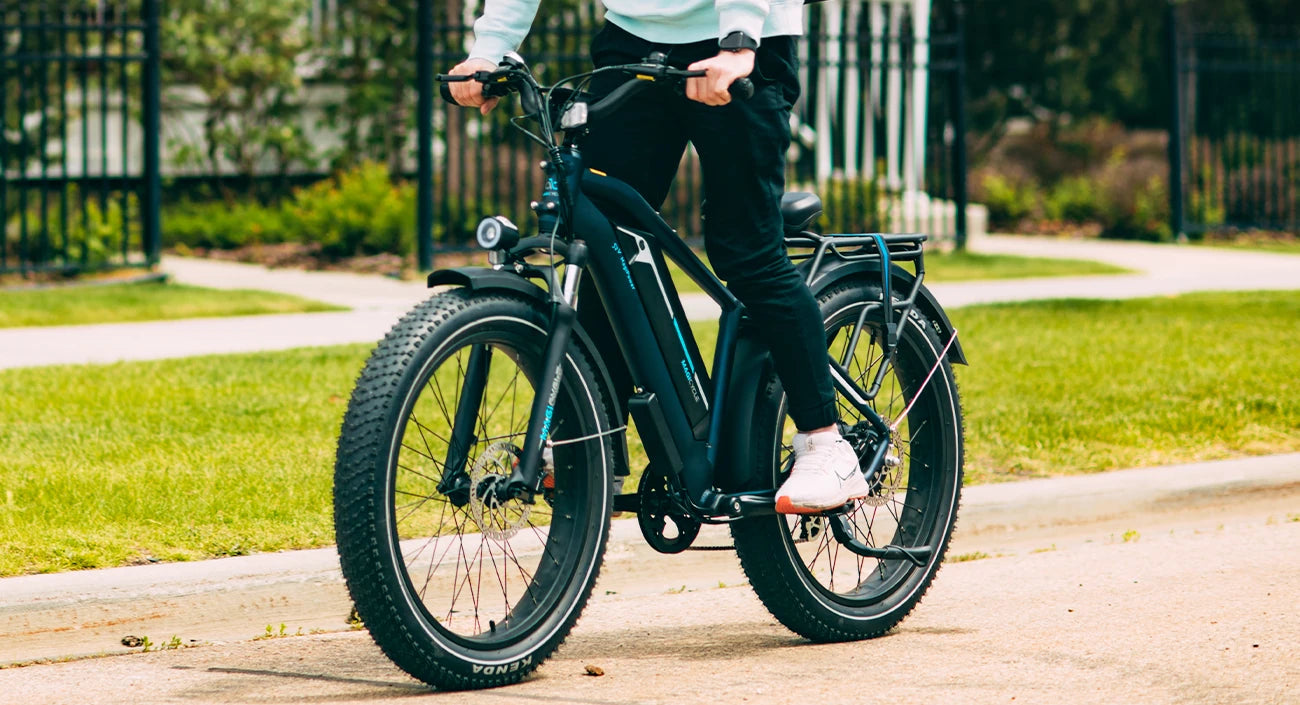 September 02,2024
September 02,2024
 September 02,2024
September 02,2024
E-bikes offer an attractive exercise option for obese individuals by combining motorized assistance with cycling's benefits. They provide a low-impact way to gradually increase physical activity through daily travel, turning commutes into fitness opportunities in a non-intimidating manner.
E-Bikes: Changing Your Transportation and Fitness
Electric bicycles, commonly known as e-bikes, are bicycles equipped with a fitted electric motor that assists the rider while pedaling. They are not fully motor-driven like motorcycles or scooters and require some amount of physical energy to be exerted by the user. Indeed, it is exactly this-that part of the pedaling is done by electric drive-which allows the rider to decide on the level of activity involved and hence makes them an ideal personal vehicle for anyone seeking a variable exercise regime.
Types of E-Bikes
There are mainly three types of e-bikes differentiated by the amount of assistance they provide:
- Pedal Assist/Pedelecs: These e-bikes assist riders when they are actively pedaling, adjusting the amount of assistance based on the bike's speed and pedal power. They're ideal for riders who want a blend of exercise and assistance in their commute.
- Power On Demand: These electric motor bikes come with a throttle that can activate the motor whenever desired, similar to a motorcycle. The cyclist can choose to pedal, use the motor, or combine both.
- Speed Pedelecs: Also known as S-Pedelecs, these are high-speed electric bikes that can reach speeds up to 28 miles per hour (45 km/h) while the rider is pedaling.
Benefits of E-Bike Technology
Electric commuter bikes stand out for their adjustable motor assistance, which can be tailored to an individual's fitness level, making it easier to tackle challenging inclines and windy conditions with less strain. This feature not only makes cycling more accessible, especially for those with obesity but also enhances the potential commuting range. Furthermore, by facilitating regular use, e-bikes contribute to improved cardiovascular health and aid in weight management, offering a practical route to greater overall fitness.
The Obesity Challenge: Barriers to Exercise
Contextualizing Obesity
Obesity is a prevalent health issue characterized by excessive body fat that increases the risk of numerous chronic conditions such as heart disease, diabetes, and hypertension. Societal changes, including sedentary lifestyles and increased calorie intake, have contributed to rising obesity rates worldwide. For many individuals carrying extra weight, one of the greatest hurdles is finding an exercise routine that is both feasible and sustainable.
Barriers to Physical Activity
People with obesity may face unique challenges when it comes to traditional forms of exercise:
- Physical Strain: High-impact activities can be difficult and uncomfortable, causing joint pain or shortness of breath.
- Psychological Barriers: Feelings of self-consciousness or discouragement can arise in gym settings or when exercising in public.
- Lack of Enjoyment: If physical activity isn't enjoyable, motivation to continue can wane quickly.
- Time Constraints: Busy schedules can make fitting in regular exercise seem daunting.
These factors often create a vicious cycle where the lack of exercise contributes to further weight gain, making starting any form of physical activity even more challenging.
Traditional Biking vs. E-Bikes for Obese Riders
Traditional bicycles provide a solid workout but may fall short for obese riders due to the high demand for lower-body strength and cardiovascular stamina, which can be lacking in beginners.
Additionally, conventional bikes often aren't built to accommodate larger body types, potentially causing discomfort that detracts from the cycling experience. Challenges posed by steep or uneven terrain can further discourage overweight riders, who may find these obstacles daunting when using standard bikes.

E-Bikes: An Accessible Gateway to Exercise for the Obese
Making Exercise Manageable with E-Bikes
E-bikes can help make the prospect of exercise less daunting and more achievable for individuals struggling with obesity:
- Reduced Physical Strain: E-bikes' motor assistance takes off some of the burden from the rider, making cycling less strenuous, particularly in challenging terrains or over long distances.
- Pace Control: With its adjustable settings, an e-bike allows the rider to control the level of effort they put in, gradually building up their fitness levels over time.
- Increased Enjoyment: The assisted pedaling feature makes cycling a more enjoyable activity, increasing the likelihood that users will stick with it as part of their regular routine.
Assisted Cycling and Its Benefits
Assisted cycling, empowered by an electric motor, offers a multitude of benefits, such as enabling a gradual introduction to exercise and allowing users to slowly build their physical effort without overwhelming strain. This method not only promotes better cardiovascular health through regular workouts but also extends the distance and frequency of rides. Consequently, riders enjoy an increase in their overall activity levels, making e-bikes an effective tool for enhancing fitness progressively and sustainably.
Overcoming Psychological Barriers
Commuter ebike can also help tackle psychological hurdles often associated with starting an exercise routine:
- Increase Confidence: The ability to cycle longer distances without fatigue can boost self-confidence, motivating individuals to take on more physical activities.
- Reduce Anxiety: The fear of not being able to keep up with traffic or other cyclists is diminished, thanks to the assistance provided by the e-bike's motor.
- Promote Positive Association: As individuals find the act of cycling less daunting and more enjoyable due to e-bikes, they may develop a more positive association with exercise in general.
E-Bikes for Effective Commuting
Practicality of E-Bikes in Daily Life
E-bikes serve as a pragmatic mode of transportation, particularly suited to urban and suburban environments where traditional commutes might be congested or polluted:
- Ease of Navigation: E-bikes allow for quicker maneuvering through traffic, enabling commuters to avoid gridlock and reach their destinations faster.
- Cost-Effectiveness: With no need for fuel and low maintenance costs, e-bikes present a cost-effective alternative to cars and public transportation.
- Environmentally Friendly: As zero-emission vehicles, e-bikes contribute to reducing one's carbon footprint, appealing to eco-conscious individuals.
Turning Commutes into Cardio
An electric bike for adults transform daily commutes into a source of routine exercise, embedding consistent physical activity into the rhythms of everyday life in a way that can be more sustainable than carving out separate times for gym sessions. This active commute is not only beneficial for physical health but also for mental well-being, as it has been associated with reduced stress levels when compared to the frustrations of driving or public transport.
Moreover, the adaptable nature of e-bike assistance allows riders to tailor their exertion to match their energy and fitness goals, ensuring a comfortable and customizable commuting experience even on days when they might feel less inclined towards physical effort.

Comparing E-Bike Commuting to Traditional Methods
When it comes to efficiency, e-bikes hold several advantages over other forms of commuting:
- Time Savings: An e-bike's ability to bypass congestion and use bike lanes often results in shorter travel times.
- Physical Health: Unlike passive modes of transport, e-biking engages the body, leading to fitness improvements even during busy workdays.
- Accessibility: E-bikes open up cycling to those who may find traditional biking too strenuous, including older adults or those with certain disabilities.
E-Bikes for Healthier Lifestyles
E-bikes are, therefore, very instrumental in healthy living, considering the plight of obesity. They bridge the convenience of motor-aided movement with the active element of cycling. With their facility for adjustable assistance, e-bikes remove a great deal of physical barriers to fitness, enhancing factors for psychological well-being and building confidence to remain active.
They guarantee that one exercise as part of their daily routine, hence helping people live healthier more consistently in their practicality as daily transport. In the quest for sustainable city living, e-bikes stand as one of the most efficient and reliable mobility solutions and equivalent to a strong tool for personal health empowerment.


















































